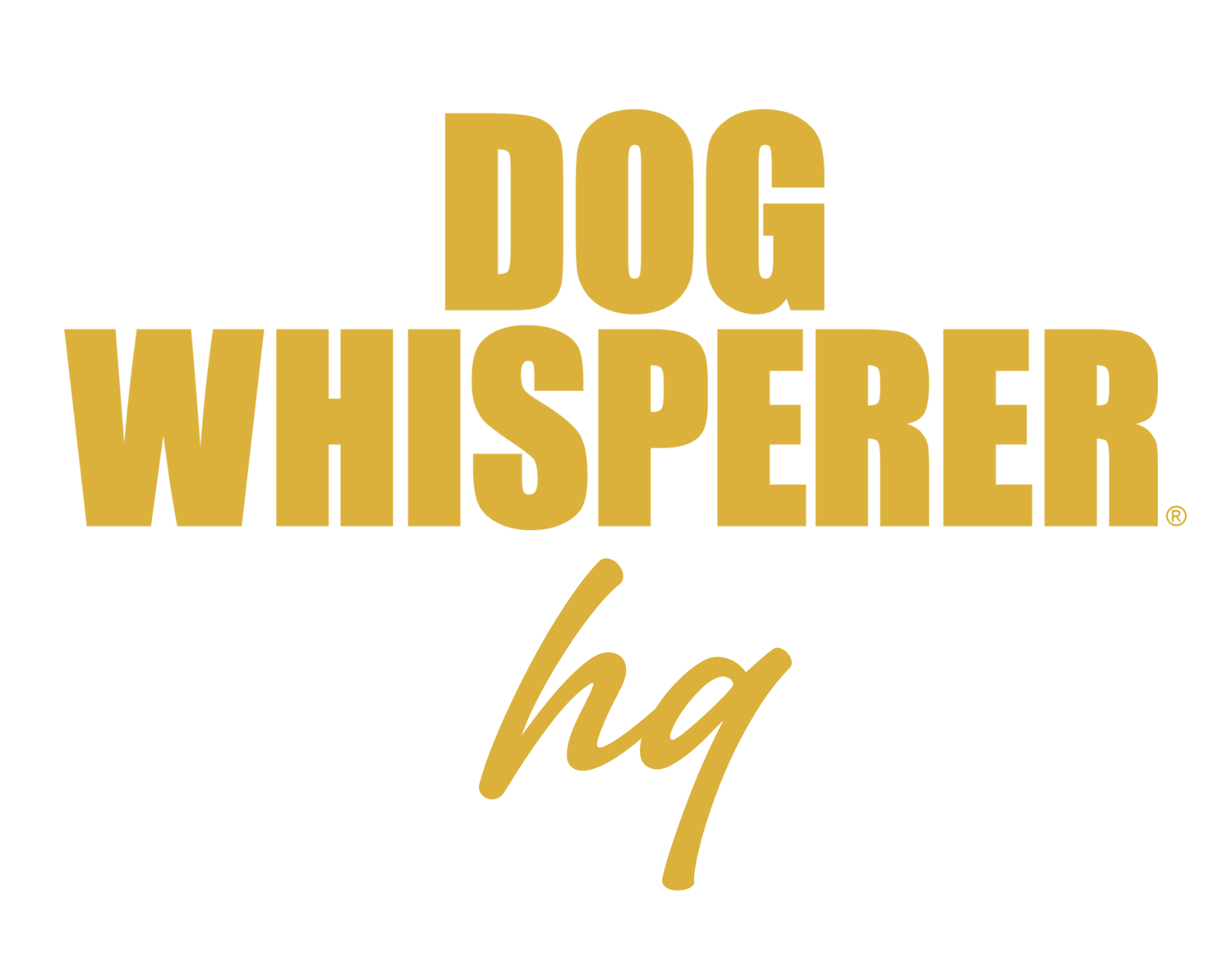5 Fall Dangers To Dogs: Watch Out For These!
By Kristi Pahr
There’s a chill in the air and sweater weather is on its way. Fall is here and now that summer is over, you may be tempted to let your guard down as far as your favorite four-legged companions are concerned. Even though the risk of heatstroke is fading and snakes are heading into their dens for the winter, the cooler months bring unique dangers. From dangerous foods to antifreeze, read on to discover the top fall dangers for dogs.
Antifreeze
As people prep their vehicles for freezing temps, the risk of running across a puddle of antifreeze in the driveway is high. This green (or colorful) goo is tempting for dogs due to its sweet taste and tempting aroma, but it is one of the most dangerous things your dog can ingest. Even a small amount is enough to send your dog into acute kidney failure. If they don’t receive the antidote soon after ingestion they can die from kidney failure. And even if they do receive the antidote in time, they will need to remain in a veterinary hospital for several days of supportive care which can add up to a pretty expensive vet bill.
“[Antifreeze] is tempting for dogs due to its sweet taste and tempting aroma, but it is one of the most dangerous things your dog can ingest.”
Fleas and ticks
We tend to think of summer as flea and tick season, but these annoying critters actually reach their peak in the fall. They’ve had all spring and summer to reproduce and no freezing temps to reduce their numbers so they’re out there in droves.
It’s important to keep up with your flea and tick treatment through the fall and into the colder months of the year, well after the first freeze. And if you live in warmer climates, where winter temps barely reach freezing, keep flea and tick treatments up all year long to prevent skin problems caused by fleas as well as tick-borne diseases like Lyme, Rocky Mountain Spotted Fever and Ehrlichia.
Holiday Foods
Fall is primetime for yummy holidays. Halloween and Thanksgiving bring irresistible foods that, while delicious, can be dangerous for your dog. Some candy, like chocolate, is toxic to dogs, while savory treats like roasted turkey can cause several gastrointestinal woes.
Most pet owners know that chocolate is dangerous for dogs, but almost any type of Halloween treat poses some risk,” explains Jennifer Coates, DVM, who serves on the advisory board for Pet News Daily. Candy wrappers, lollipop sticks and the like can lead to obstructions when ingested. Xylitol, a sugar substitute, is very dangerous to dogs because it can lead to potentially fatal low blood sugar levels and liver damage. Make sure to keep Halloween candy well away from pets.
And it’s not just Halloween candy you need to worry about. Thanksgiving foods pose dangers as well. “Any type of food that is new to a dog can cause vomiting and diarrhea,” says Coates. “Foods that are rich and high in fat can also lead to pancreatitis, a very painful and potentially fatal condition. Cooked turkey bones are brittle and will splinter when chewed. Swallowed turkey bone shards act almost like knives as they pass through a dog’s gastrointestinal tract.”
“Halloween and Thanksgiving bring irresistible foods that, while delicious, can be dangerous for your dog.”
Holiday Decor and Festivities
It’s not just our favorite holiday foods that can be problematic, but also the seasonal decorations we love. “Decorations are another potential problem. If dogs chew on them, swallowed pieces may become lodged in or lacerate the gastrointestinal tract,” Coates says. “Surgery is often necessary to remove the foreign material and to repair the damage done. Lit candles should always be kept well away from curious dogs.”
Holiday gatherings are also a potential source of risk. “All the commotion associated with Halloween and Thanksgiving can be stressful for dogs. Keeping dogs in a comfortable crate or a separate room can help them remain calm and prevent escapes through open doors,” Coates explains. “It’s also important to make sure that owner contact information is correct on a dog’s tags and with the company that supports their microchip.”
Outdoor fungi
Autumn is mushroom season in much of the world. Cool, damp weather promotes the growth of these fungi and even a small nibble of a toxic mushroom will be enough to send your favorite furball to the emergency vet. Before letting your dog out in the morning, take a look around the yard to make sure none of these dangerous fungi have popped up overnight and, if you see any, dispose of them before letting Fido out to play.
Similarly, as trees drop their leaves, fungus grows in the decomposing layers. Rake leaves regularly and dispose of leaf piles quickly.
Kristi Pahr is a long-time writer and former emergency and critical care veterinary technician. When she's not writing or working on building a small family farm, Kristi enjoys hiking, taking long drives down dirt roads in the middle of nowhere, and hanging out with her three dogs and two cats. Her work has appeared in the New York Times, Washington Post, Parents magazine and many others.



